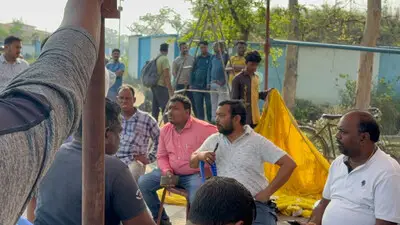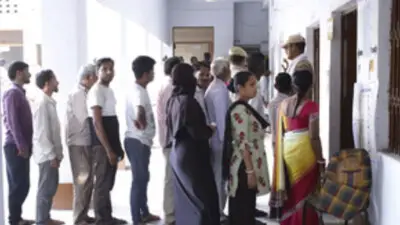Recommended Stories
Bhubaneswar: In Odisha's poor show in the Niti-World Bank Health Index-2.0 released yesterday, the total vacancies of doctors and specialists have played a key role. The index has clearly shown a deterioration in the indicator of vacancies in Odisha.
A glance at the data available with the State Government reveals a shocker. An in-depth analysis based on the data available with the State Health Department bares the chinks. It showed how the vacancy of doctors and specialists had worsened over the years in the State.
The total vacancies of doctors and specialists in Odisha had touched a historic low in the year 2018. Moreover, it also has brought to fore the lopsided recruitment policy of the State Health Department.
Sample this: Odisha’s PHCs and CHCs in 2013 had in-position strength of doctors and specialists totalling 1,335. The in-position strength of doctors and specialists in 2016 dipped to around 1,313. But in 2018, the in-position strength of doctors and specialists dipped to 1,170.
Despite carrots being doled by State Government to doctors for taking up postings in rural areas, the 2018 in-position strength implies desertion of doctors from PHCs and CHCs in the State. Sources revealed that nearly 100 doctors and specialists had deserted the State health services between 2013-18. The result was the vacancy of doctors at the State PHCs touched a high of 409 in 2018.
Significantly, the vacancy of specialists at the State CHCs have touched a new high in CHCs across the State in 2018.
Consider this: The vacancies at the level of specialists cadre (surgeons, OB&Gynec, physicians and paediatricians) in CHCs were mere 552 in 2015. In contrast, the vacancy had more than doubled to touch 1,276 in 2018.
Recently, the State Government has claimed of recruiting more doctors at CHCs in the State. Even, CM Naveen Patnaik himself had distributed appointment letters to newly recruited doctors at a function organised by the State health department.
But a closer look at the data available with the State Health Directorate clearly suggests that the State health department has recruited more general duty medical officers than specialists at the CHCs.
Data shows against the sanctioned strength of 422 general duty medical officers, Odisha CHCs have over 270 more such officers now.
Following this lop-sided placement policy of doctors in tehsils, Odisha is witnessing a rush of high emergency patient load at the District Headquarter Hospitals (DHHs). As they were the critical cases, they resulted in higher mortality rates at the tertiary health centres across the State . This in turn has reflected in the State's overall health index released by Niti Aayog.













